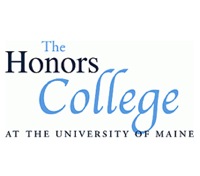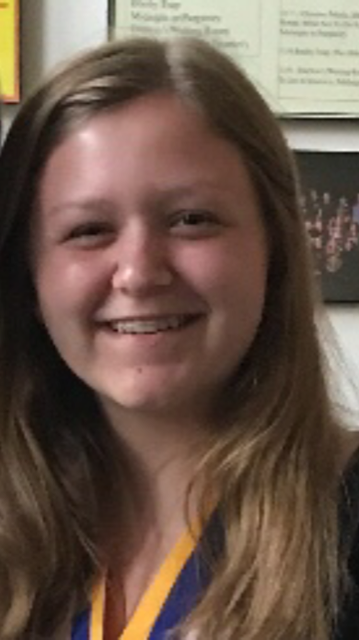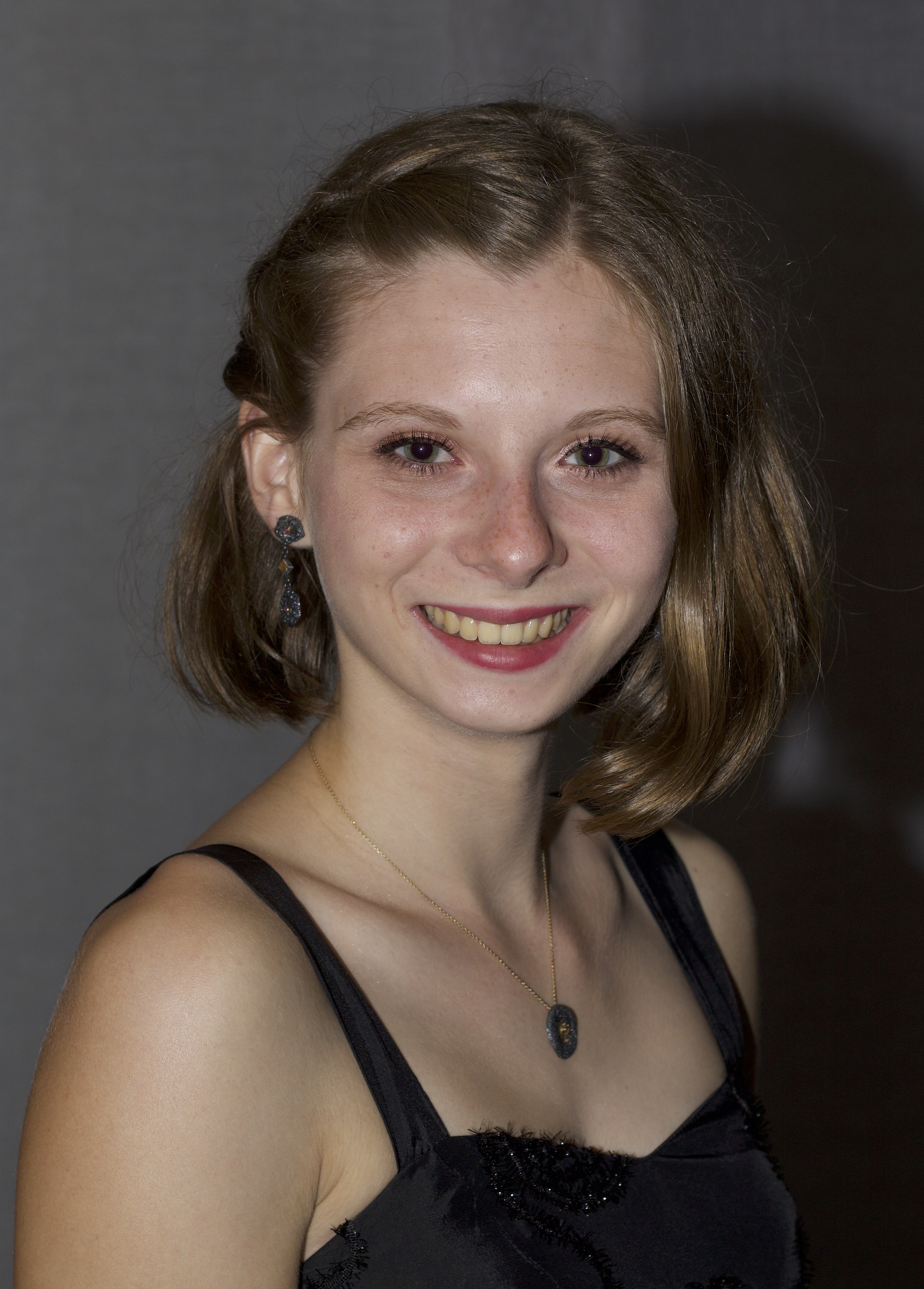Below is a summary of the abstract you submitted. Presenting author(s) is shown in bold.
If any changes need to be made, you can modify the abstract or change the authors.
You can also download a .docx version of this abstract.
If there are any problems, please email Dan at dar78@pitt.edu and he'll take care of them!
This abstract was last modified on May 2, 2018 at 4:19 p.m..

Bacteriophage, generally, and Actinobacteriophage, specifically, offer a wide array of genetic and biological diversity. Using three different bacterial hosts provided a means to isolate a wide array of phage that students could explore together. Isolated phage included both lytic and temperate phage. Temperate phage included examples of diversity in the immunity cassette, specifically phage that use integrase and phage that use the parABS system. In addition, one phage carries genes for two different repressors. Eden and Sansa are both strictly lytic phage isolated on the host Microbacterium foliorum. Eden is a cluster EB phage with a 40,833-bp genome that encodes 69 putative genes. Sansa belongs to subcluster EA2, has a 40,306-bp circularly permuted genome that encodes 62 putative genes. Two temperate phage, Neville and LastResort, were isolated using host Gordonia terrae. Neville is likely a singleton phage, sharing only 34% of it genes with singleton Octobien14, its closest relative. The Neville immunity cassette includes a leftward immunity repressor, and rightward Cro-like and excise genes located centrally in the genome. The tyrosine integrase is located on the very end of the left arm of the genome. LastResort is a cluster A15 phage that maintains lysogeny through a parABS system rather than with an integrase. The parABS system of LastResort consists of two genes that encode a highly conserved ParA ATPase and less conserved ParB DNA binding protein and eight parSL/R repeat sequences that flank the cassette. Cluster A12 mycobacteriophage, Steamy, isolated on host Mycobacterium smegmatis, also contains a ParABS system. Steamy’s ParB sequence is shared with members of four other subclusters but no other member of the A12 cluster. Up to 8 parS-L repeats and 4 parS-R repeats were identified, 2 of which overlap with the 3´ end of parB. BLAST alignment indicates Steamy's parS is most closely related to that of subcluster A9, consistent with ParB pham assignments. Mycobacteriophage Aminay was also isolated on host M. smegmatis and is the only member in subcluster K7. Thirty percent of the 106 open reading frames are classified as orphams. Aminay encodes a tyrosine integrase that is most closely related to cluster K6 integrases, however the attP sequence shares the highest nucleotide identity with that of cluster F1 phage. Putative attB sequences were identified in M. tuberculosis, M. chelonae and M. smegmatis. Aminay encodes a cluster K4-like immunity repressor but also encodes a cluster A repressor. We would like to determine the immunity patterns of Aminay lysogens with cluster K and cluster A phage; however, we were unable to isolate stable lysogens of Aminay in M. smegmatis. We are currently determining the host range of Aminay and its ability to form lysogens in M. chelonae.


